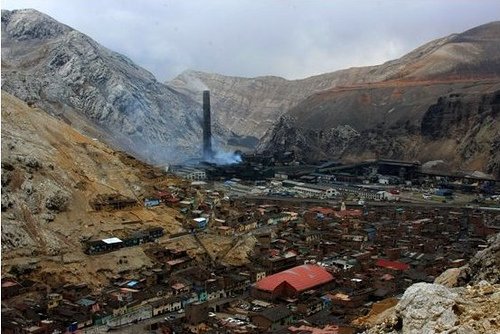The total number of living humans on earth is now greater than 7 billion and as this number increases, it becomes more difficult to find places on earth unaffected by man-made pollution and development. From lead in the soil to toxins in the water and radioactive fallout in the air, here are some of the most toxic places on earth
1. Agbogbloshie, Ghana
Lead levels in this area are estimated to be 50 times the US standard for lead in soil.
Agbogbloshie is the second largest e-waste processing area in West Africa. E-waste, or electronic waste, contains toxic chemicals that are emitted into the ground, water and atmosphere when the electronics are broken down, burned and processed.

2. Chernobyl, Ukraine
Radioactive dust including uranium, plutonium, and other metals continue to plague the 19-mile exclusion zone around the nuclear plant.
Chernobyl is recognized as one of the worst nuclear disasters in history after the Chernobyl Nuclear power plant accident in 1986. Once home to more than 14,000 residents, the city today is mostly a ghost town.
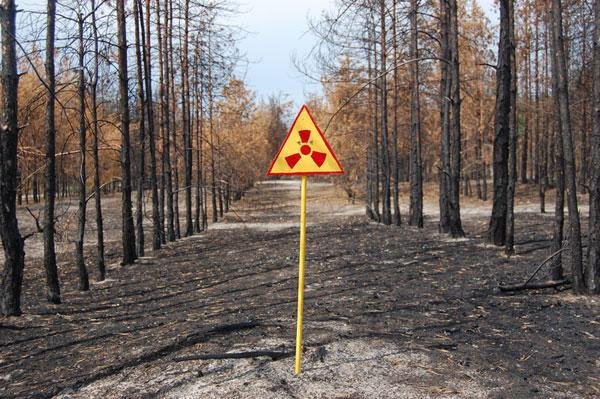
3. Citarum River, Indonesia
Water in the Citarum River has concentrations of manganese that are nearly four times the recommended levels.
The Citarum is the third longest river in Java, but it has been called the world’s most polluted river. A range of contaminants are present in the river, from both industrial and domestic sources. The river makes up around 80 percent of the surface water available, hence affecting the 5 million people who depend on it.
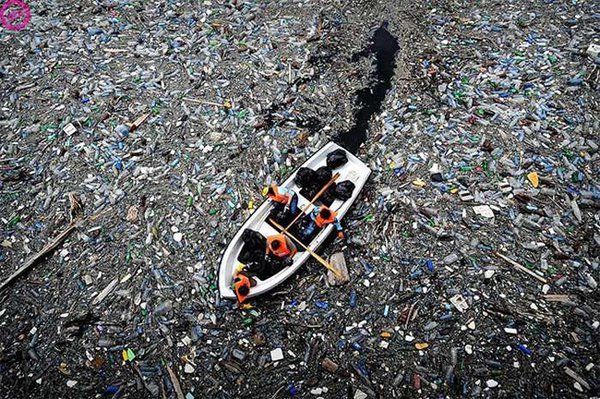
4. Dzerzhinsk, Russia
The water is contaminated with dioxins and phenol at levels that are reportedly seventeen million times the safe limit.
Between 1930 and 1998, more than 300,000 tons of chemical waste was dumped in Dzerzhinsk. 190 different chemicals have since leached into the city’s groundwater, making it one of the worst-polluted cities of the world. The life expectancy in this city ranges from 42 years for men to 47 years for women.
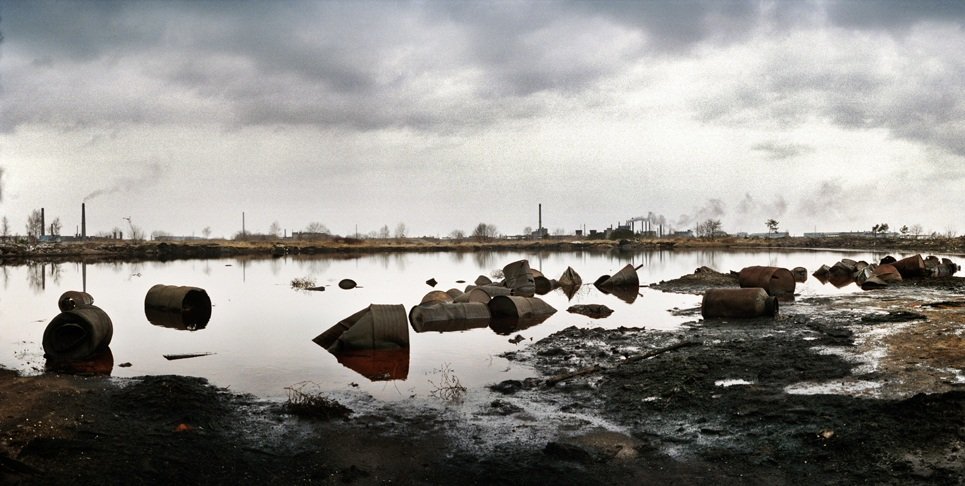
5. Hazaribagh, Bangladesh
Local residents in Hazaribagh are at risk of exposure to cancer-causing hexavalent chromium, and other skin and respiratory diseases.
Up to 95% of the registered tanneries in Bangladesh are located in and around Hazaribagh. The tanneries collectively dump 22,000 cubic litres of toxic waste, including cancer-causing hexavalent chromium, into the Buriganga, Dhaka’s main river every day.
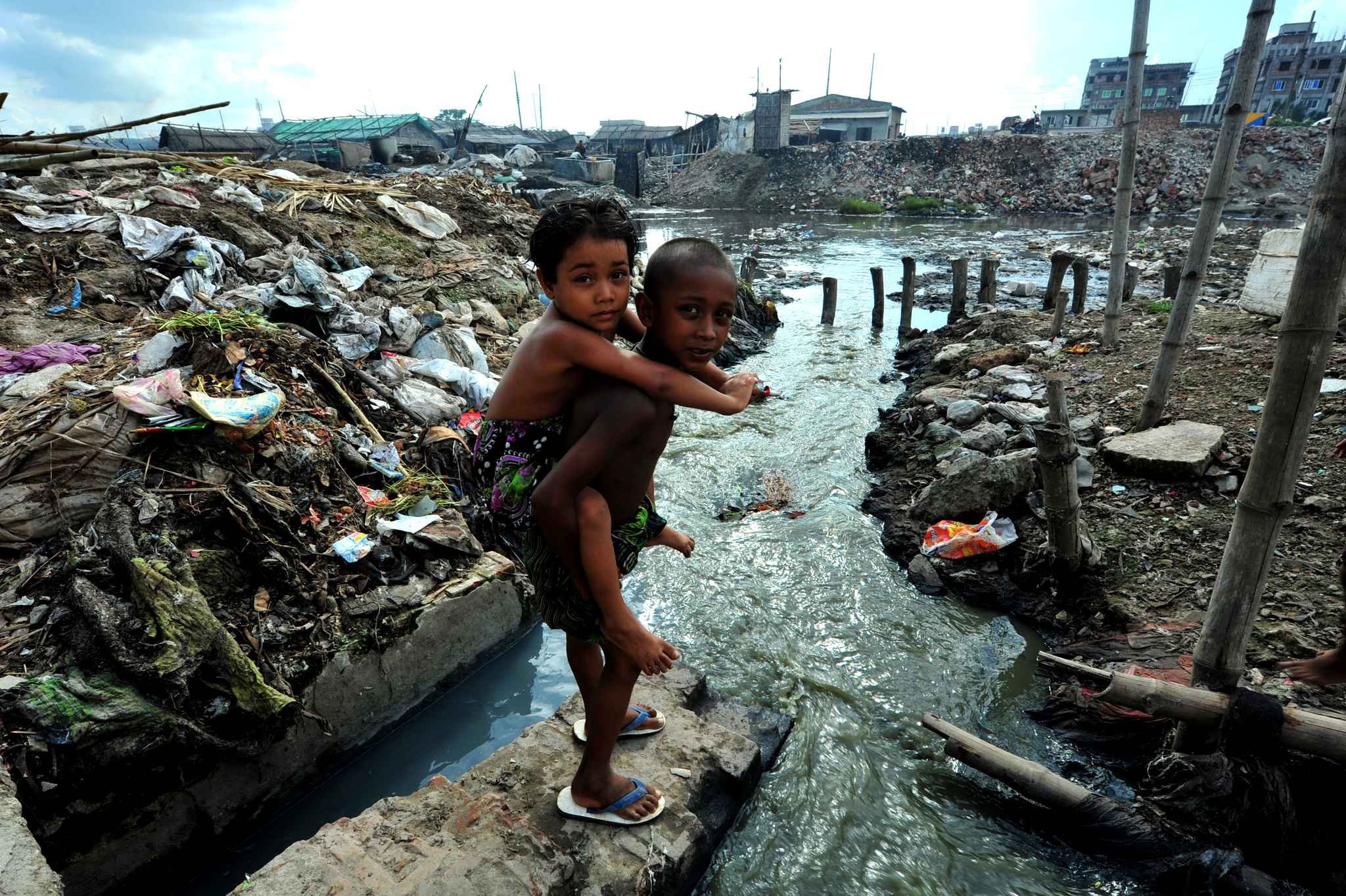
6. Kabwe, Zambia
Children’s blood lead levels in Kabwe exceed the recommended levels by five to ten times.
Lead and cadmium soak the hills of Kabwe after decades of mining and processing. Even though the mine was closed years ago, metals are still extracted from old tailings by local residents. The ground is so contaminated that nothing can be grown.
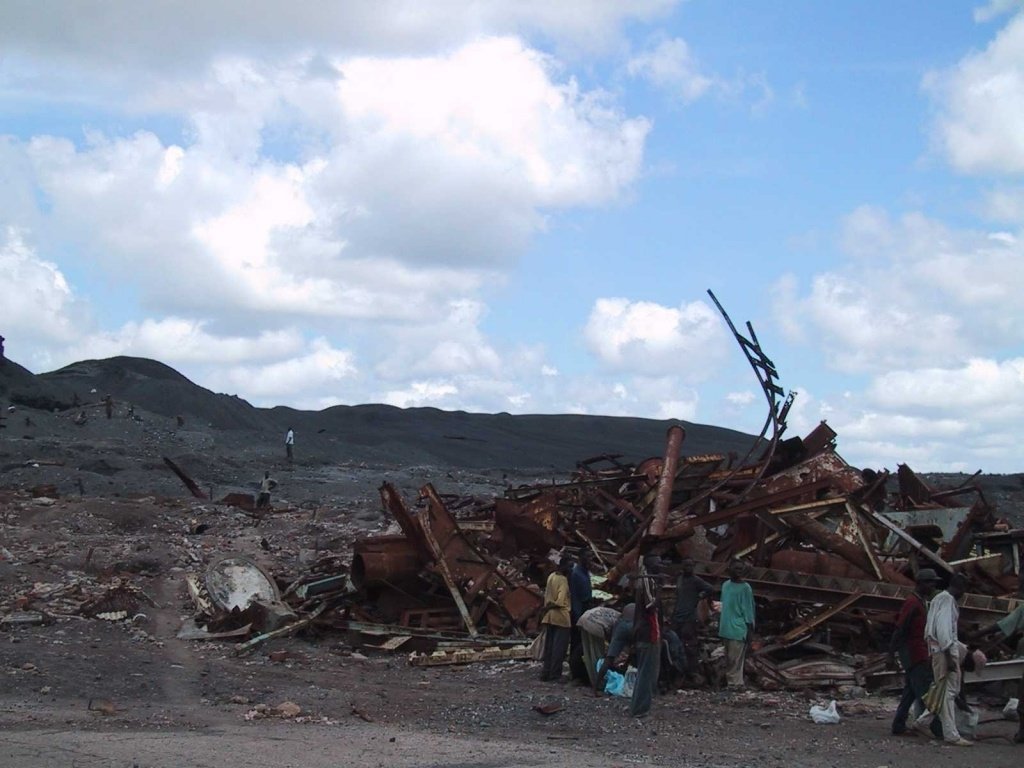
7. Kalimantan, Indonesia
Concentrations of mercury in the Kahayan River in Kalimantan are found to be more than twice the recommended standard.
For years, Central and South Kalimantan have been poisoned by small-scale gold mining. The problem with small-scale gold mining is that it’s often done with mercury. Many miners smelt within their houses, releasing dangerous amounts of mercury vapour that are trapped inside. The metal can also be released into waterways, where it can accumulate in fish and water.
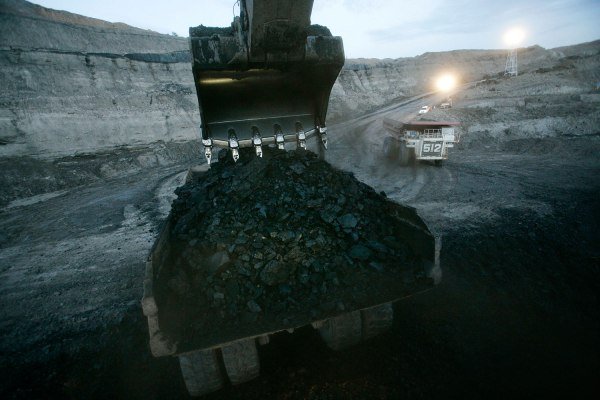
8. Matanza Riachuelo, Argentina
Soil on the banks of the river contains levels of zinc, lead, copper, nickel and chromium that are all above recommended values.
Matanza-Riachuelo River is considered the most important waterway in Buenos Aires. More than 3,500 factories operate along the banks of the river, a landscape that also includes numerous illegal sewage pipes running directly into the river. Diarrhoeal diseases, respiratory diseases, and cancer are significant public health problems for people dependent on the river.
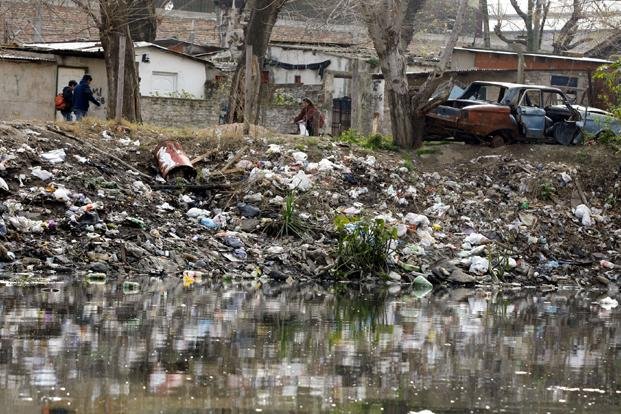
9. Niger River Delta, Nigeria
The pollution from the oil spills affect the crops, and lead to a 24% increase in childhood malnutrition.
On an average, 240,000 barrels of crude oil are spilled in the Niger delta every year due to mechanical failure and many unknown causes. The oil spills not only contaminate the delta’s surface and ground water, but also the ambient air and locally grown crops with hydrocarbons, having a devastating effect on aquatic and agricultural communities.
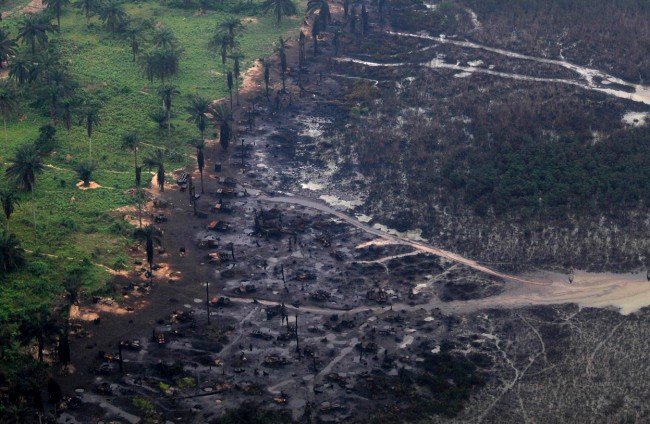
10. Norilsk, Russia
Life expectancy for factory workers in this city is believed to be 10 years below the Russian average.
Home to the world’s largest heavy metal smelting complex, nearly 500 tons each of copper and nickel oxides and 2 million tons of sulphur dioxide are released annually into the air in this city of Russia. This has led to increased levels of respiratory diseases, and cancers of the lungs and digestive system.
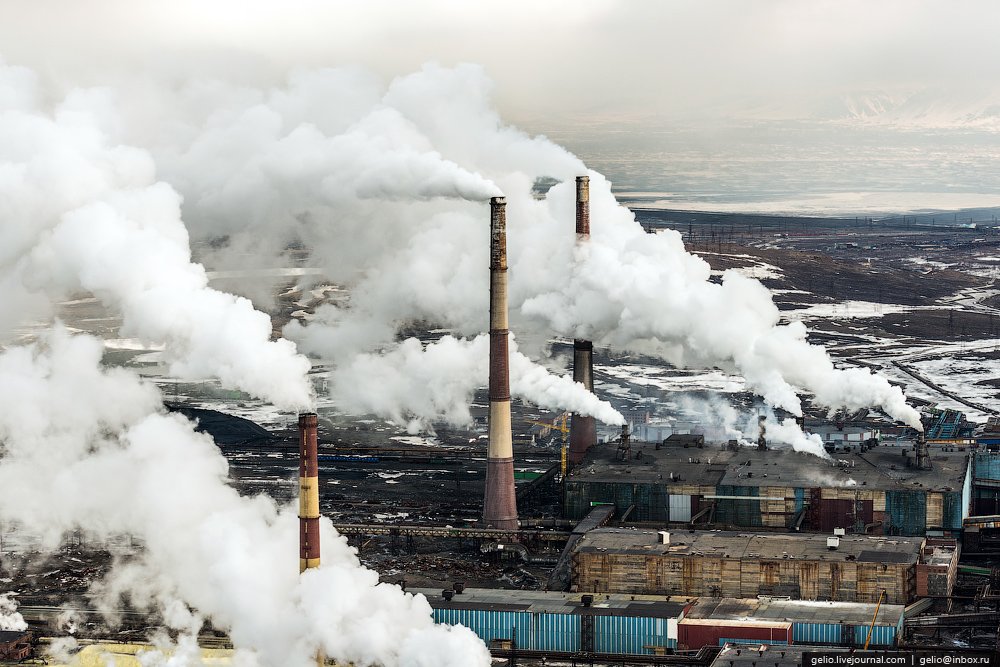
11. Linfen, China
The children of Shanxi Province have high rates of lead poisoning due to the excessive air pollution.
Sitting at the heart of China’s coal belt, smog and soot from industrial pollutants and auto-mobiles blacken the air at all hours. Clinics are seeing growing cases of bronchitis, pneumonia, and lung cancer. Arsenicosis, a disease caused by drinking elevated concentrations of arsenic found in water is at epidemic levels in the area.
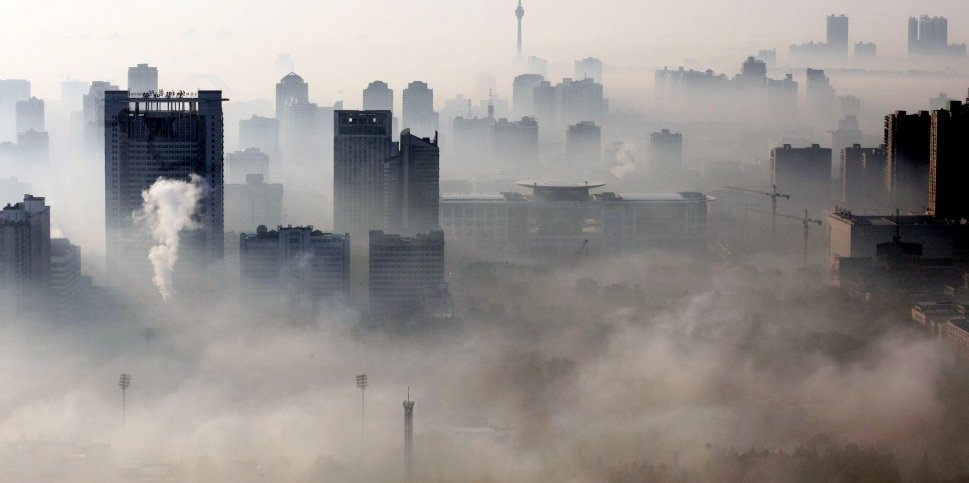
12. Yamuna, India
A high concentration of lead, nickel, and chromium was found in the bloodstream of the inhabitants on the Yamuna bank.
The river Yamuna is gradually dying. It’s estimated that 58 percent of the city’s waste gets dumped straight into the river. The river water floods the land and contaminants reach the soil. The vegetables growing in this soil then absorb the contaminants and become the carriers of heavy metals in our food chain.
13. La Oroya, Peru
In this town, 99% of the children have blood lead levels that exceed acceptable limits.
In La Oroya, a mining town in the Peruvian Andes, limited testing has revealed lead, arsenic and cadmium soil contamination throughout the town, which can be directly attributed to an American-owned smelter that has been polluting the city since 1922.
